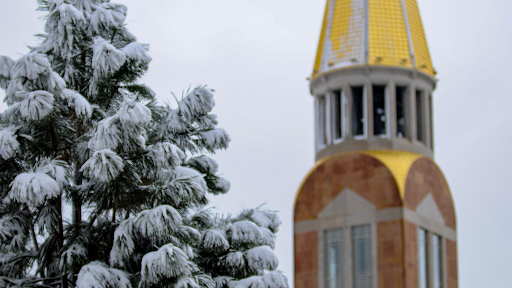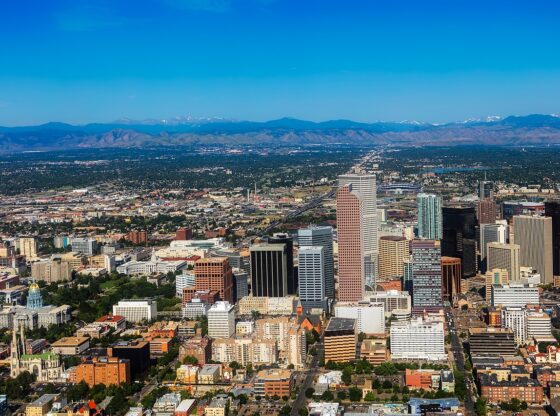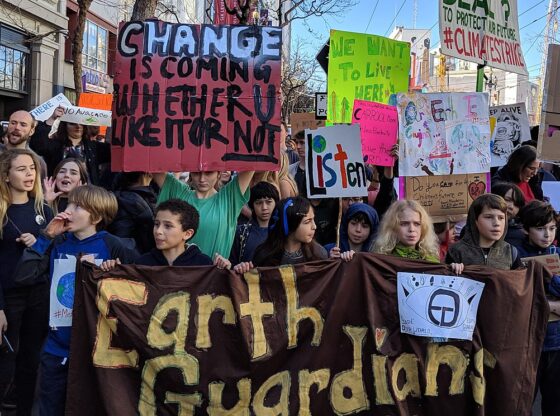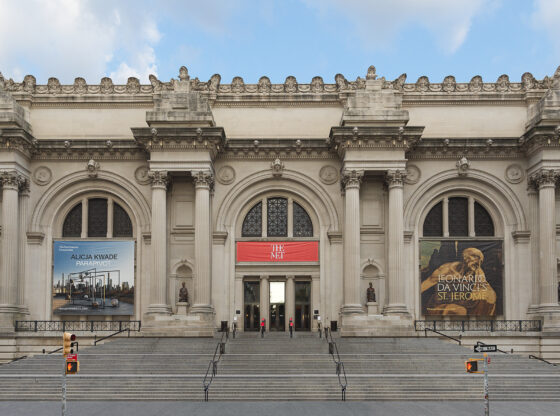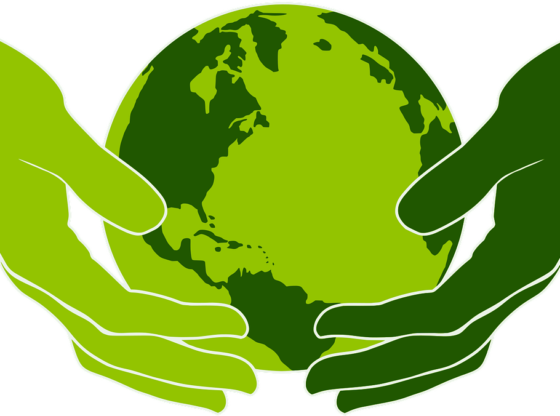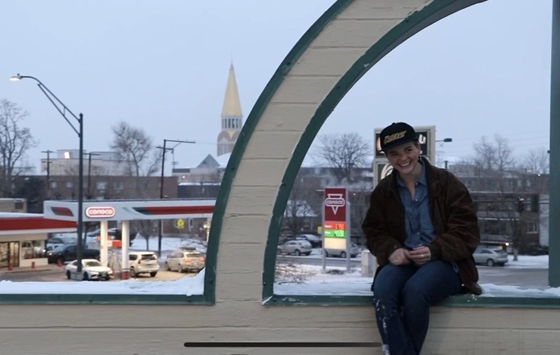Mixed alcoholic drinks are popularly consumed among college students in order to mask the burning effects of liquors like vodka, whisky, gin, etc., so they don’t resemble the taste of cleaning products or nail polish remover.
Some mixers, however, can be extremely threatening and disguise the intoxicating effects of alcohol.
The high caffeine content in a can of the average energy drink generally exceeds that of an 8 oz. cup of coffee. Caffeine works as a stimulant on the brain, while alcohol acts as a suppressant.
These contradictory processes cause the drinker to experience both the stimulating effects of caffeine, such as increased alertness and energy, and the suppressing effects of alcohol, such as decreased inhibition and motor control.
Both substances are diuretics, inhibiting the body’s ability to retain water, which leads to frequent urination.
As the body continues to lose more water, the risk of dehydration is evermore prevalent. So, the combination of these two powerful diuretics can increase chances of dehydration, worsening the next day’s hangover and decreasing the body’s ability to metabolize alcohol.
It has also been reported that the mixture of caffeine and alcohol can exhibit a stronger negative effect on coordination, balance, and the ability to regulate body temperature.
Caffeine’s effect of increased alertness causes the person to feel capable of drinking copious amounts of alcohol.
However, as Blood Alcohol Concentration (BAC) continues to increase, you will soon feel the full effects of the alcohol after the caffeine has worn off, including an increased risk for alcohol poisoning.
There isn’t any scientific evidence that ensures consumption of alcohol and stimulants – in the form of caffeine- is safe.
It is in your best interest to avoid those vodka and Red Bulls, and substitute with a juice mixer or some liquid with a low caffeine concentration.

